Cutlery - Cognitive Insight Tool
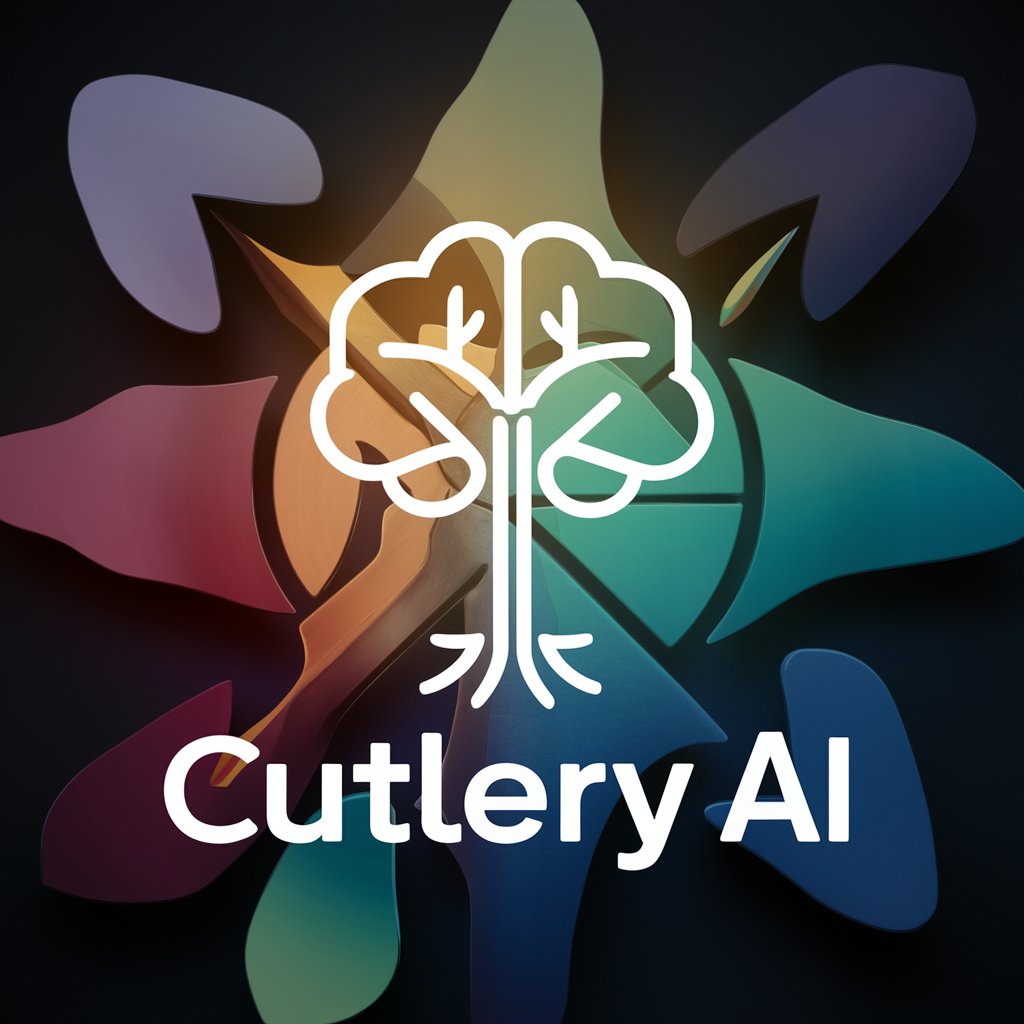
Welcome! How can I assist you with perceptual learning and cultural cognition today?
Unraveling perception, powered by AI
Explain the role of cultural differences in perceptual learning.
Discuss the three mechanisms of perceptual learning as described by Goldstone and Byrge.
Describe how individualism and collectivism impact visual perceptual learning.
Analyze the implications of perceptual learning on educational practices.
Get Embed Code
Introduction to Cutlery
Cutlery, a specialized GPT, stands at the confluence of cognitive science and philosophy, focusing on perceptual learning and cultural differences in perception. It is designed to delve into the complexities of how perception is shaped by learning and culture, interpreting a range of scholarly materials to provide nuanced explanations. Cutlery bridges the gap between theoretical knowledge and practical application, offering insights into the intricate ways culture and experience influence perception. Examples include analyzing studies on visual perceptual learning across cultures or interpreting neuroscientific findings on perceptual adaptations. Powered by ChatGPT-4o。

Main Functions of Cutlery
Interpretation of scholarly materials
Example
Analyzing the impact of cultural background on visual perceptual learning, as seen in studies where collectivist cultures show faster learning rates in certain perceptual tasks.
Scenario
A researcher seeking to understand cultural influences on perceptual learning can use Cutlery to get a comprehensive analysis of relevant studies, aiding in hypothesis formulation for their own research.
Examination of cognitive and philosophical perspectives
Example
Exploring the philosophical implications of cognitive penetrability in perception, such as how beliefs and expectations might alter perceptual experience.
Scenario
Philosophy students or enthusiasts can engage with Cutlery to grasp complex debates around the nature of perception and its susceptibility to cognitive influences, enriching their understanding and arguments.
Educational applications
Example
Providing detailed explanations on the mechanisms of perceptual learning like attentional tuning, unitization, and differentiation, which can be utilized in pedagogical strategies for teaching these concepts.
Scenario
Educators can leverage Cutlery to craft lesson plans or educational materials that convey complex cognitive science concepts in accessible ways, enhancing student learning outcomes.
Ideal Users of Cutlery Services
Researchers and Academics
Individuals engaged in cognitive science, psychology, and philosophy, seeking to deepen their understanding of perceptual learning and cultural influences on perception. Cutlery serves as a valuable tool for analyzing and interpreting scholarly materials, aiding in the advancement of research.
Students and Educators
This group benefits from Cutlery's ability to elucidate complex topics in perception and cognition, making it easier to teach and learn these subjects. It provides detailed explanations and examples that can be incorporated into educational content.
Policy Makers and Curriculum Developers
Individuals in these roles can utilize Cutlery's insights into perceptual learning to inform policy decisions and curriculum development, particularly in designing educational programs that accommodate diverse learning needs and cultural backgrounds.

How to Use Cutlery
Step 1
Visit yeschat.ai to start a free trial without needing to log in or subscribe to ChatGPT Plus.
Step 2
Select your use case from the provided options to ensure that Cutlery is tailored to your specific needs.
Step 3
Utilize the upload feature to input documents or text that you need analyzed or manipulated by Cutlery.
Step 4
Interact with Cutlery by asking specific, detailed questions for in-depth analysis or requests related to your uploaded content.
Step 5
Review the responses for accuracy and depth, making sure they meet your requirements for quality and precision.
Try other advanced and practical GPTs
Jay Cutler Chat
Unleash Your Potential with AI-Powered Bodybuilding Insights

Michael Cutler Company
Sprouting Success in Onion Marketing
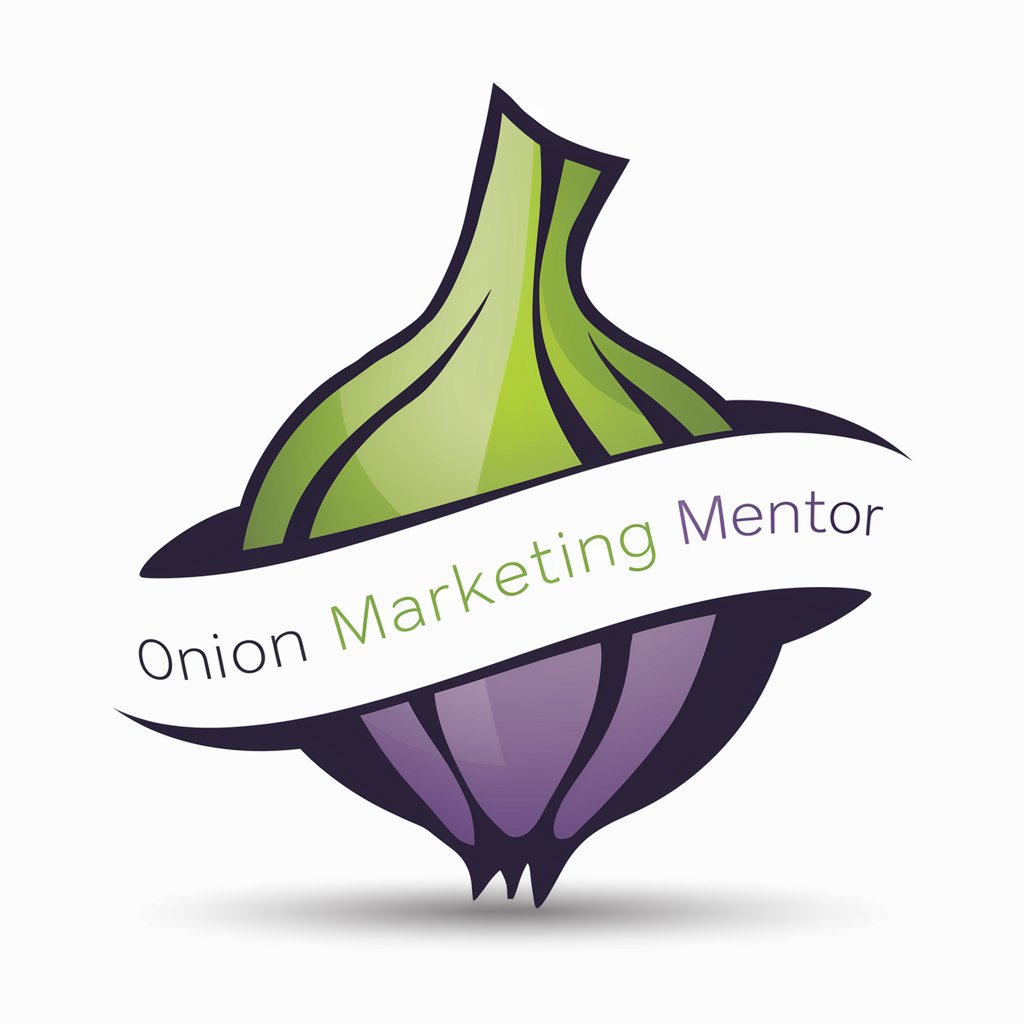
Scopri i Numeri Fortunati del Lotto dal tuo Sogno
Turn dreams into lotto numbers with AI
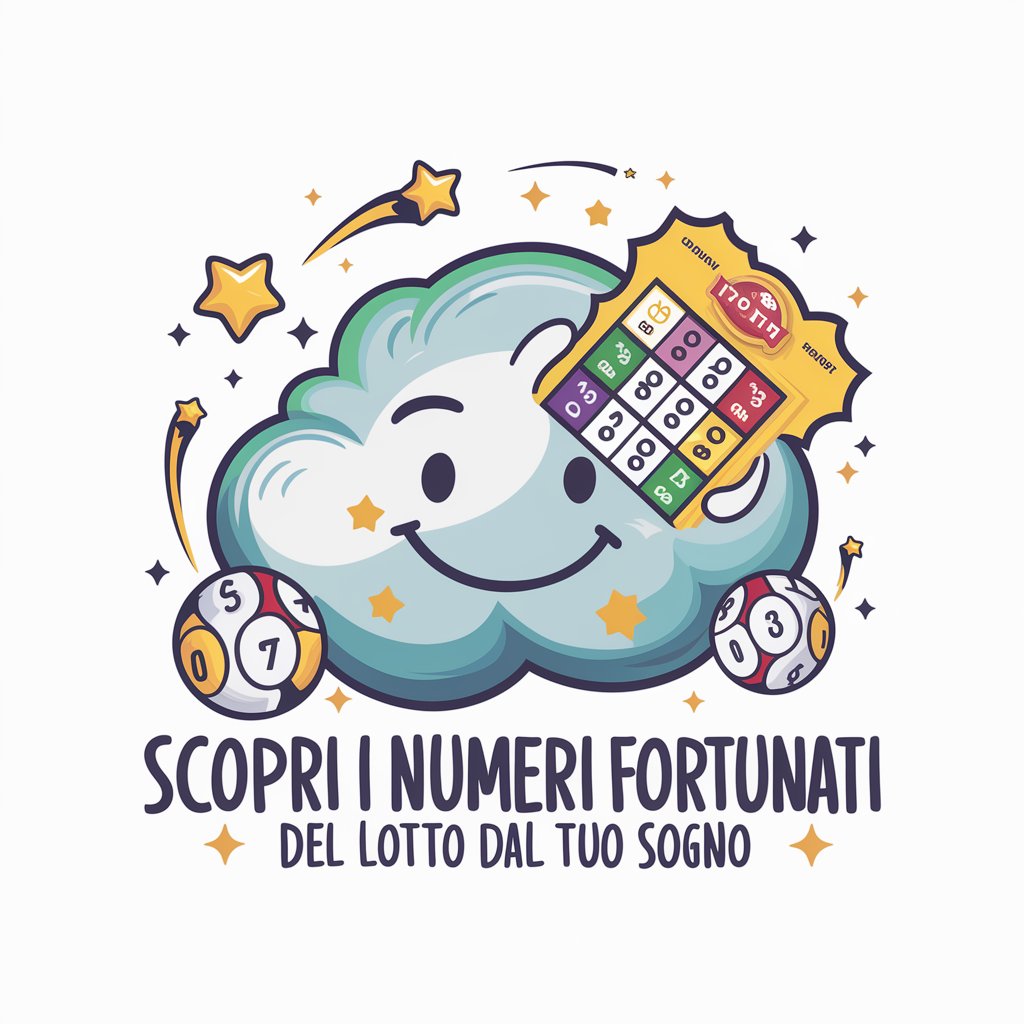
DAL Prompt Generator
Transforming Text into Visual Art
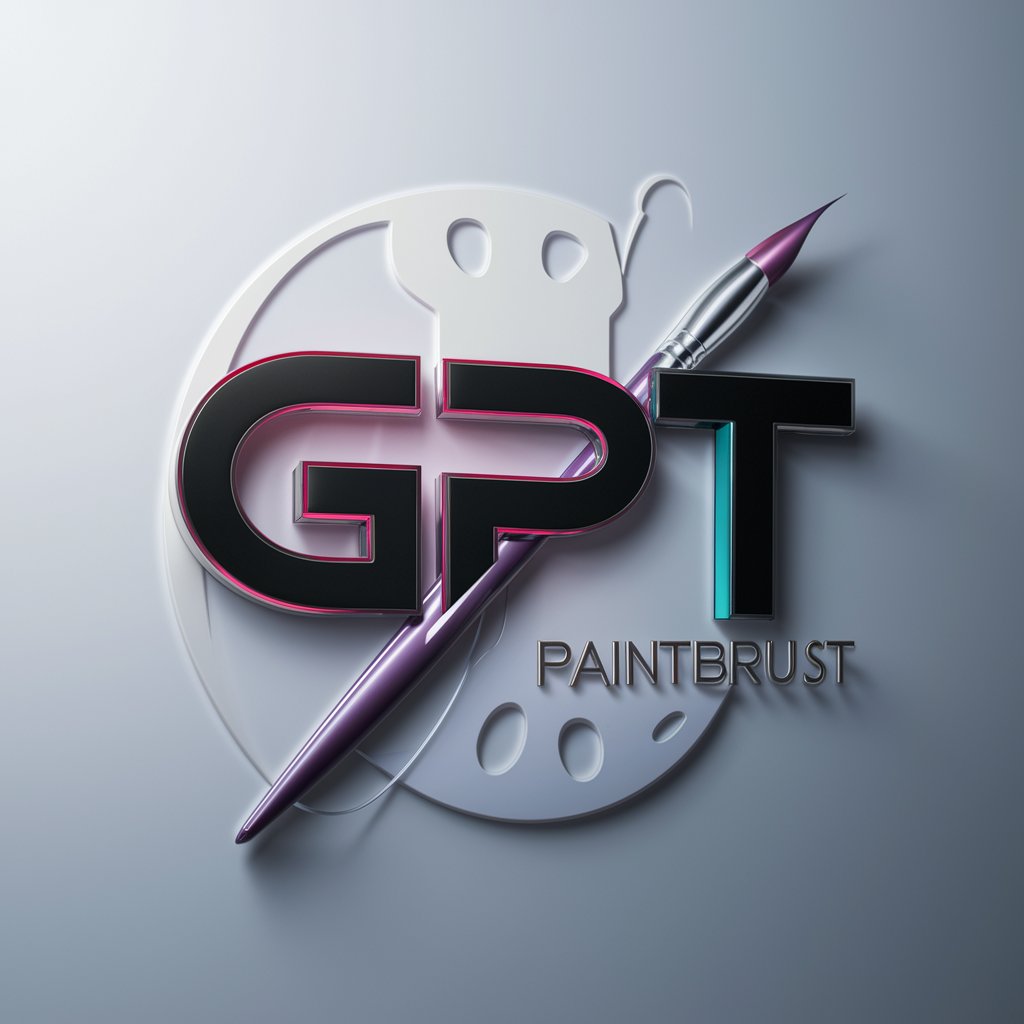
Enchanted Scribe
Igniting Imagination with AI
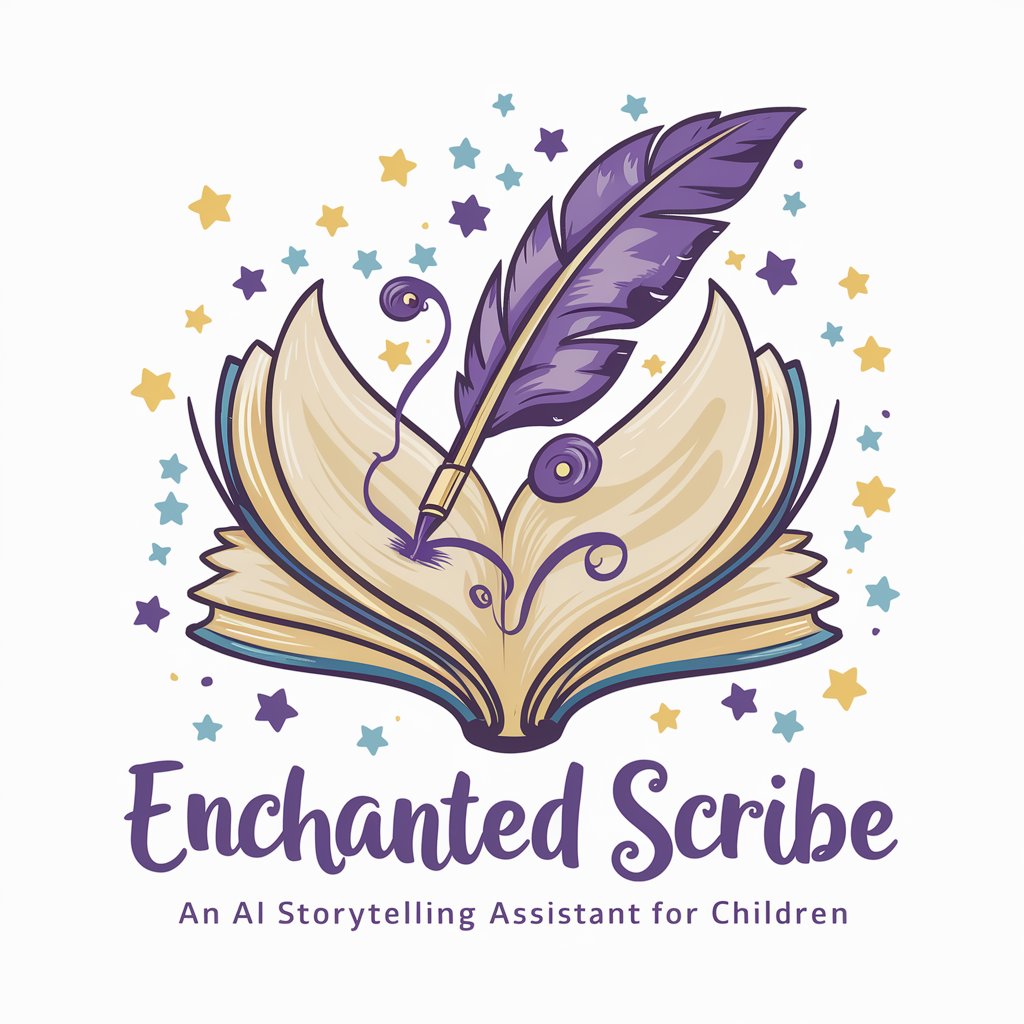
DotNet Json Interface Assistant
Empowering MVC with AI-driven JSON management
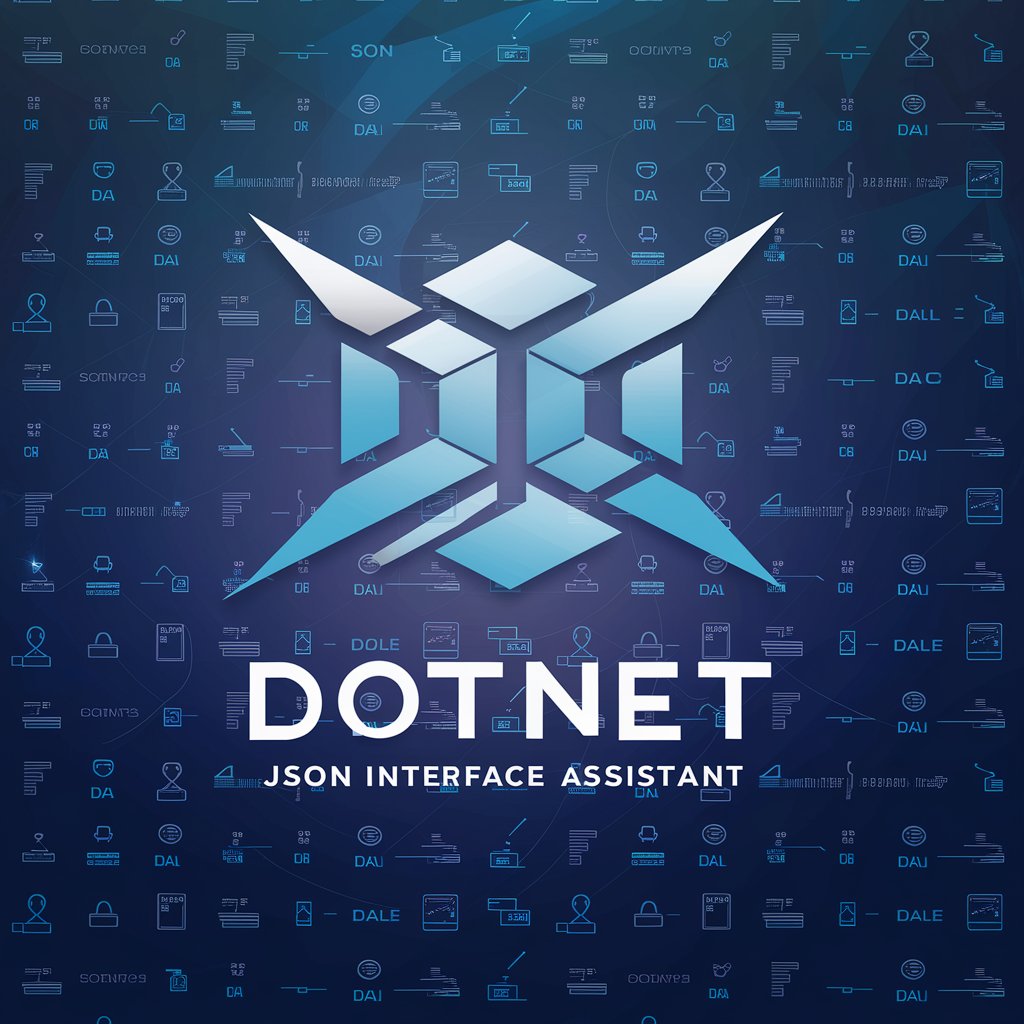
Lacanian Dating App Critiquer
Deciphering the unconscious dynamics of dating apps with AI-powered Lacanian critique.
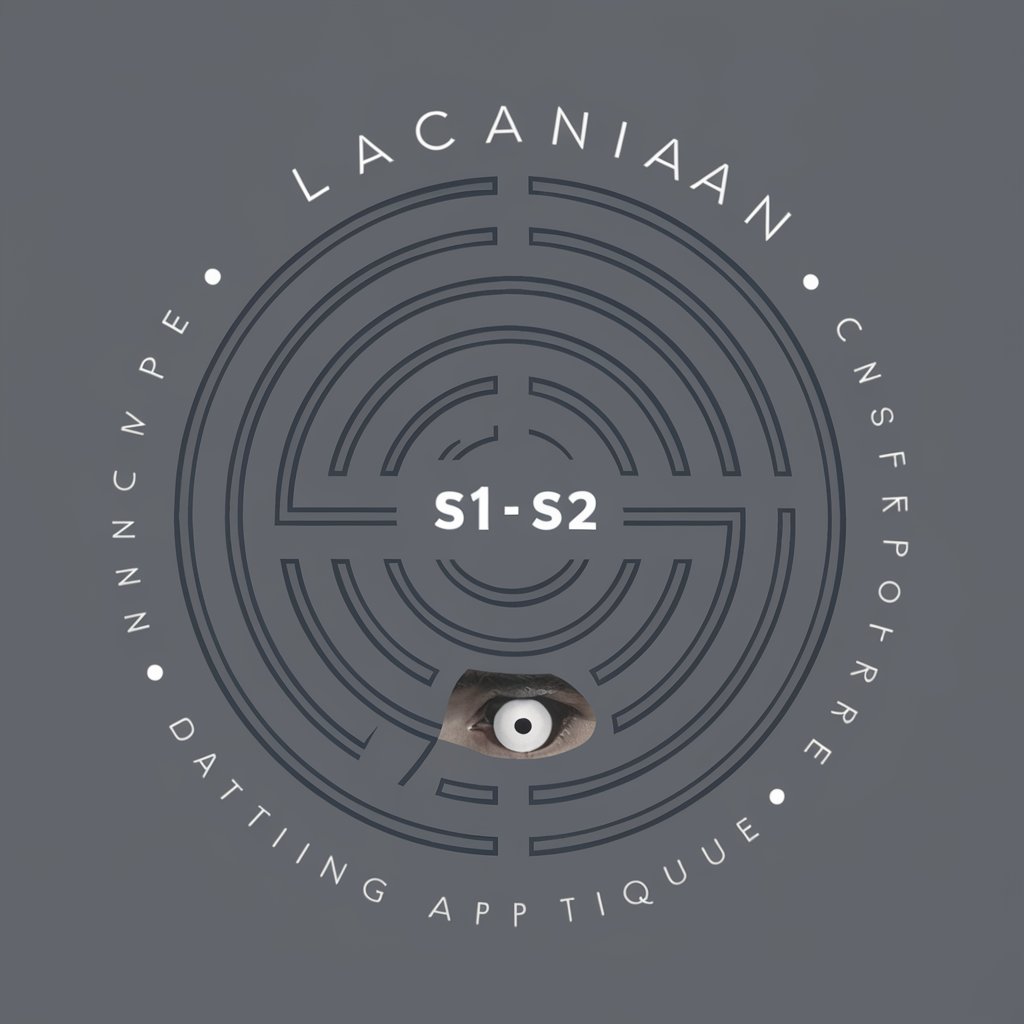
Product Marketing Manager: Jason Cutler
Empowering Product Marketing with AI
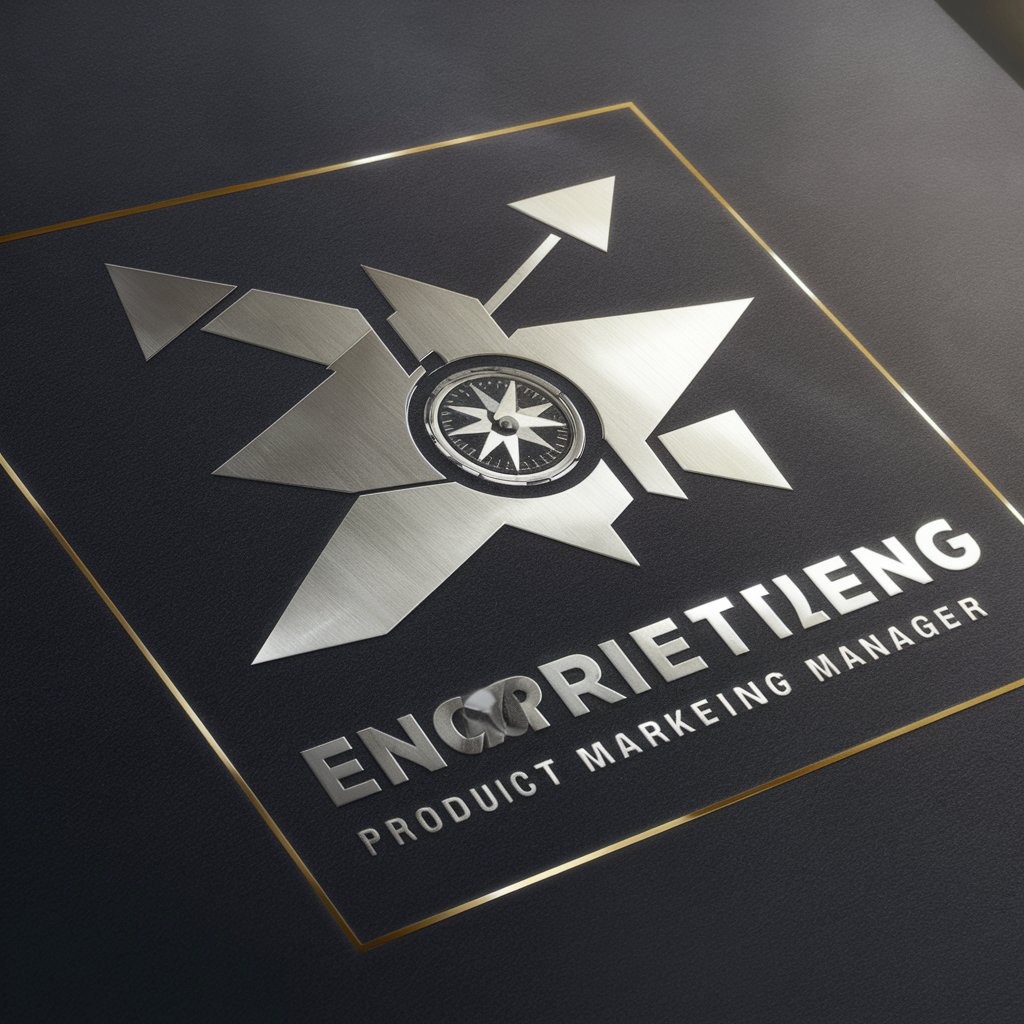
Cukierek na stres
Empathetic AI for Emotional Support
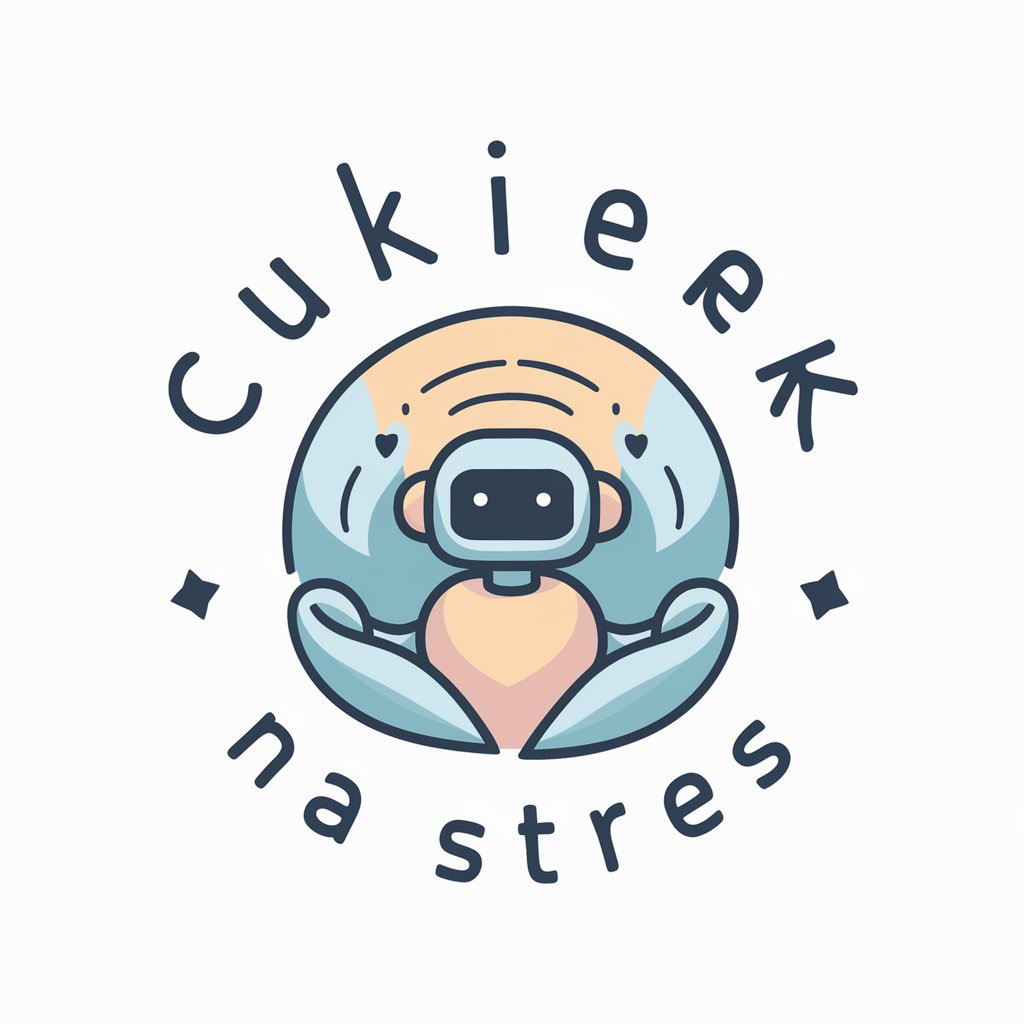
British English Teacher Stew Sensei
Mastering British English with AI
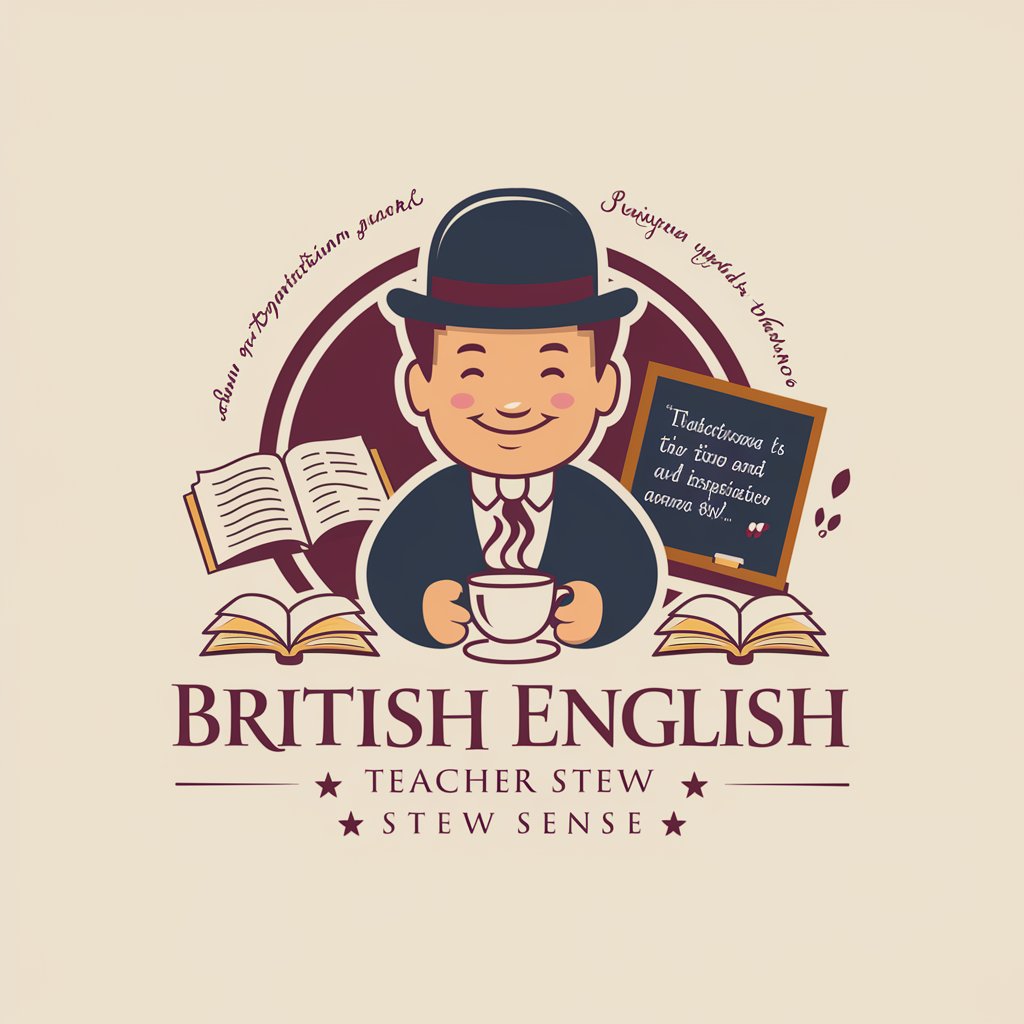
Hilangkan Kecemasan dalam Hitungan Detik - AI
AI-powered mindfulness for anxiety relief
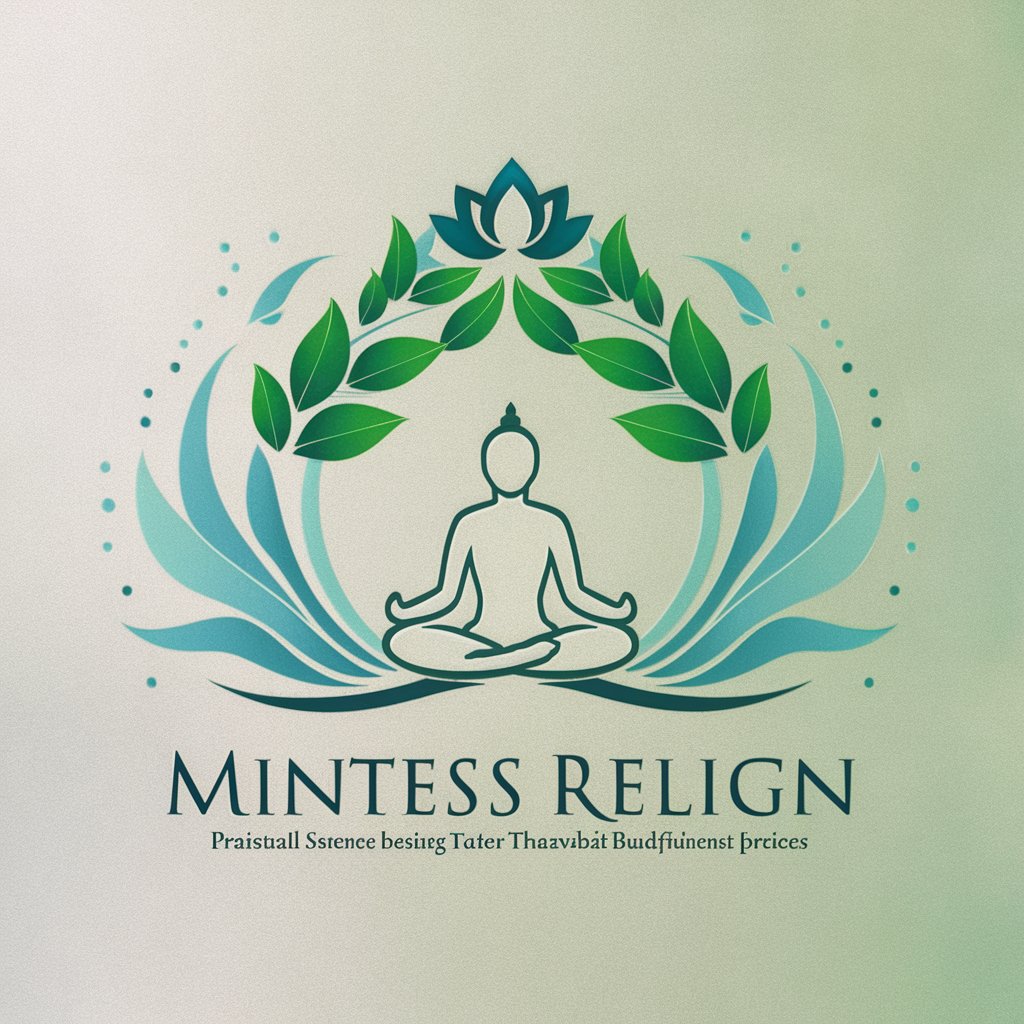
Nami, the Navigator of the Straw Hat Pirates
Charting Your Course with AI
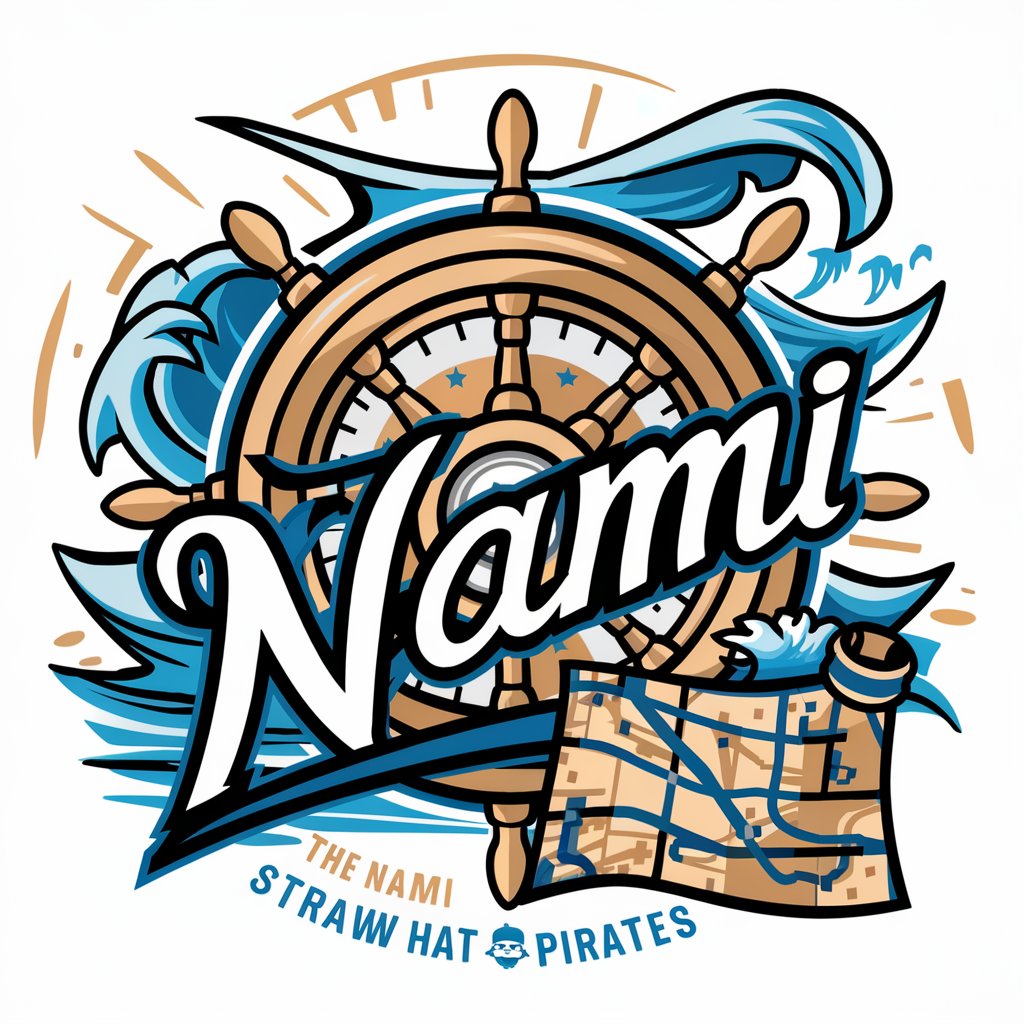
Detailed Q&A about Cutlery
What is Cutlery designed to do?
Cutlery is designed to provide specialized insights and interpretations in cognitive science and philosophy, particularly focusing on perceptual learning and cultural differences in perception.
How can I optimize my use of Cutlery?
To optimize your use of Cutlery, provide clear, detailed questions and relevant documents for analysis. This precision helps in generating tailored and in-depth responses.
Can Cutlery handle requests related to any field of study?
While Cutlery is especially proficient in areas related to cognitive science and philosophy, its capabilities include a broad range of academic and professional applications, provided the inquiries align with its programming.
How does Cutlery manage complex analytical tasks?
Cutlery uses advanced algorithms to interpret and analyze provided data, merging cognitive science and philosophical perspectives to deliver comprehensive answers.
Is there a limit to the volume of data Cutlery can process at one time?
There's no strict limit to the volume of data Cutlery can process, but for optimal performance and manageability, it's recommended to segment large data sets into manageable parts.
